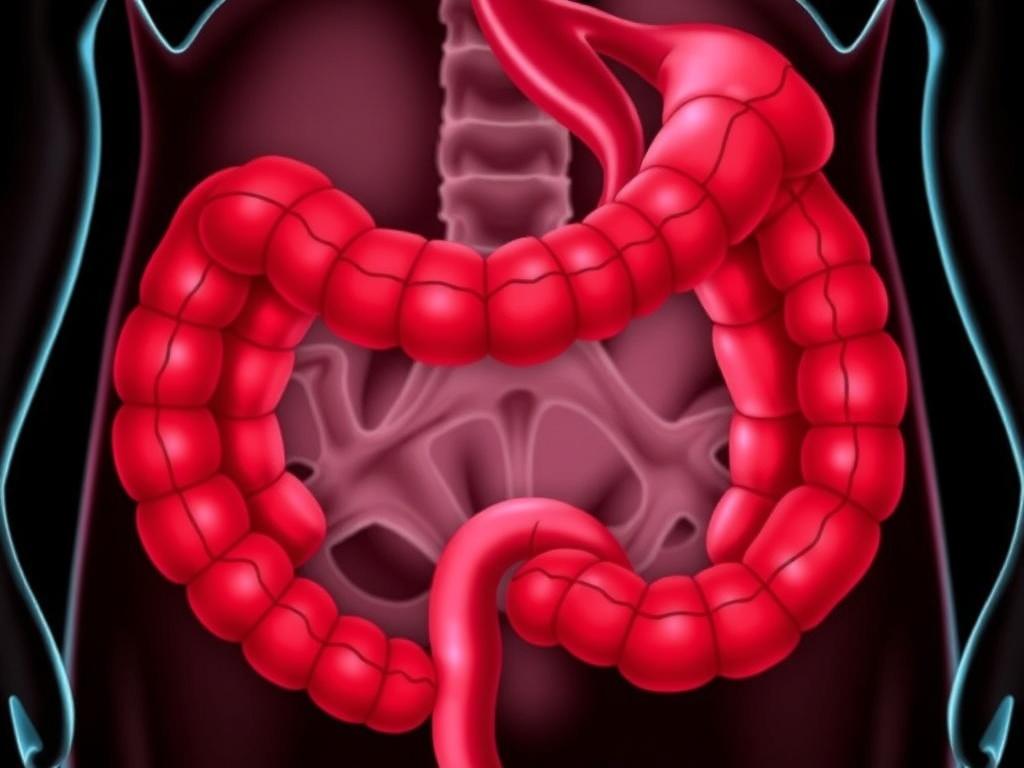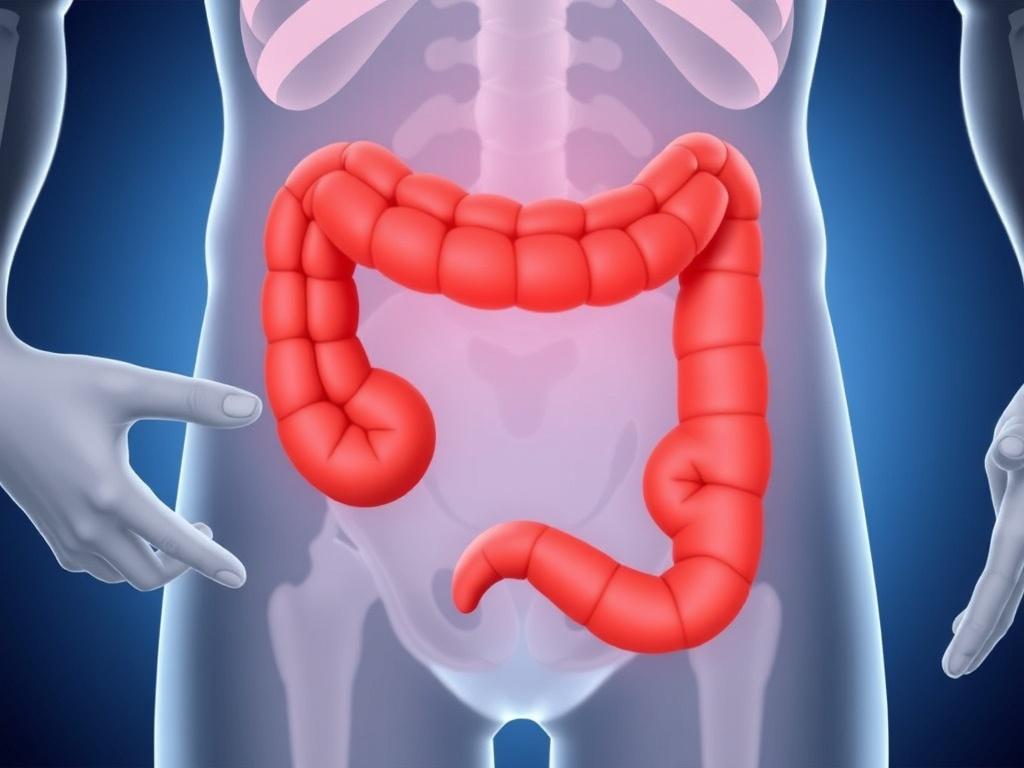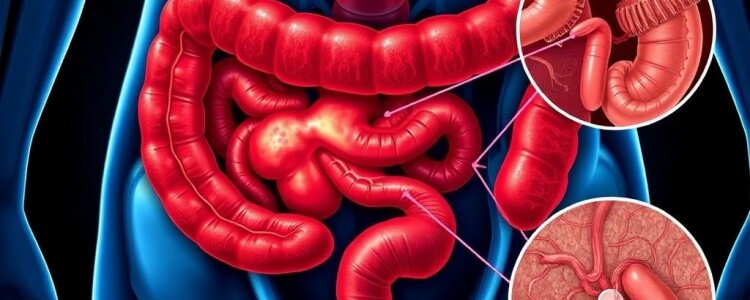Appendicitis and peritonitis are two medical conditions that often get mentioned together, and for good reason. Both are related to the abdominal area and can cause severe discomfort. However, while appendicitis is usually the starting point, peritonitis can develop as a dangerous complication if appendicitis is left untreated. In this article, we’ll explore everything you need to know about appendicitis and peritonitis, including their causes, symptoms, diagnosis, treatment, and prevention. Whether you’re a curious reader or someone trying to understand these conditions better, this comprehensive guide will break it down in a simple, engaging way.
What is Appendicitis?

Appendicitis is the inflammation of the appendix, a small, tube-like organ attached to the large intestine. Though its exact function is still debated, the appendix is located in the lower right abdomen, and when it becomes inflamed, it can cause intense pain and serious health risks. Appendicitis often occurs when the appendix gets blocked by fecal matter, foreign bodies, or infections. This blockage leads to bacterial overgrowth, swelling, and, if untreated, the appendix can rupture.
People often confuse appendicitis with regular stomach pain, but the difference is usually in the location and progression of the pain. Typically, the pain begins near the navel and gradually shifts to the lower right abdomen. Other symptoms include nausea, vomiting, loss of appetite, and sometimes a mild fever.
Common Causes and Risk Factors of Appendicitis
Appendicitis is caused primarily by an obstruction in the appendix. Here are some common reasons why this might happen:
- Blockage by hardened stool (fecalith)
- Enlarged lymphoid follicles in the appendix wall due to infection
- Parasites or foreign bodies blocking the appendix
- Abdominal trauma
Risk factors vary but tend to include:
- Age (most common between 10 and 30 years)
- Family history of appendicitis
- Infections of the gastrointestinal tract
- Diet low in fiber
What Is Peritonitis and How Is It Related to Appendicitis?

Peritonitis refers to inflammation of the peritoneum—the thin membrane lining the abdominal wall and covering abdominal organs. This inflammation can be caused by bacterial or fungal infections, chemicals, or physical injury. One of the most common and serious causes of peritonitis is the rupture of the appendix during appendicitis. When the appendix bursts, it releases bacteria and other harmful substances into the abdominal cavity, leading to infection and inflammation of the peritoneum.
Because peritonitis can quickly spread and become life-threatening, it is considered a medical emergency. Its symptoms appear rapidly and often worsen with time.
Causes of Peritonitis
Apart from appendicitis complications, peritonitis can arise from:
- Perforation of the stomach or intestines (like from ulcers or trauma)
- Infections following abdominal surgery
- Dialysis-related infections in patients undergoing peritoneal dialysis
- Pelvic inflammatory disease in women
Symptoms of Appendicitis and Peritonitis
Recognizing the symptoms early is crucial for both appendicitis and peritonitis. While there is some overlap, the symptoms also differ significantly.
| Symptom | Appendicitis | Peritonitis |
|---|---|---|
| Abdominal Pain | Starts near the navel, shifts to lower right abdomen | Severe, widespread abdominal pain that worsens with movement |
| Fever | Mild to moderate | High fever with chills |
| Nausea and Vomiting | Common | Common |
| Abdominal Tenderness | Localized tenderness in lower right abdomen | Generalized tenderness with rigidity |
| Loss of Appetite | Often present | Often present |
| Other Symptoms | Mild constipation or diarrhea, mild chills | Tachycardia (fast heart rate), low blood pressure, difficulty breathing |
Early detection and recognition of these symptoms can make all the difference between simple treatment and severe complications.
Diagnosis: How Do Doctors Identify Appendicitis and Peritonitis?
Diagnosing appendicitis or peritonitis involves a combination of a physical exam, patient history, and appropriate tests. Since these conditions require urgent attention, timely and accurate diagnosis is essential.
Physical Examination
Doctors often check for:
- Localized pain and tenderness
- Abdominal rigidity
- Rebound tenderness (pain after releasing pressure on the abdomen)
These physical signs can indicate inflammation and irritation of the peritoneum or appendix.
Laboratory Tests
Blood tests are used to check for signs of infection, such as an elevated white blood cell count. Additional tests might include:
- Urinalysis to rule out urinary tract infection or kidney stones
- C-reactive protein (CRP) tests for inflammation
Imaging Studies
Imaging plays a crucial role in confirming the diagnosis:
- Ultrasound: Commonly used, especially in children and pregnant women
- CT Scan: More accurate and often used in adults
- MRI: Alternative if CT is contraindicated
Treatment Options for Appendicitis and Peritonitis

Prompt treatment is the best way to prevent complications, especially the devastating effects of peritonitis following appendicitis.
Appendicitis Treatment
If diagnosed early, appendicitis is typically treated with an appendectomy — surgical removal of the appendix. This procedure can be done via:
- Laparoscopic Surgery: Minimally invasive, quicker recovery
- Open Surgery: For complicated or ruptured cases
In some cases, especially with mild or early appendicitis, doctors may try antibiotics first, though surgery remains the standard treatment.
Managing Peritonitis
Peritonitis is an emergency requiring intensive treatment:
- Intravenous Antibiotics: To fight infection
- Surgery: To repair the source of infection, such as closing a perforation
- Supportive Care: Fluids, pain management, monitoring for sepsis
Hospitalization is almost always necessary, and recovery depends on timely interventions.
Prevention and When to Seek Medical Help
While you cannot always prevent appendicitis, certain lifestyle changes may reduce your risk. Increasing dietary fiber intake by eating plenty of fruits, vegetables, and whole grains can help maintain a healthy digestive system.
Early recognition of symptoms is key. Anyone experiencing persistent or worsening abdominal pain, especially if it shifts to the lower right quadrant with nausea and fever, should seek medical care immediately. Quick diagnosis prevents complications, including peritonitis, which can become life-threatening if ignored.
Signs You Should Never Ignore
- Severe abdominal pain that worsens over time
- High fever with chills
- Persistent vomiting
- Abdominal swelling or tenderness
- Inability to pass gas or have bowel movements
The Road to Recovery and Long-Term Outlook
Recovery from appendicitis surgery is generally quick, especially with laparoscopic techniques. Patients are usually back to normal activities within a few weeks. However, if peritonitis develops, recovery may be prolonged, requiring careful monitoring and sometimes intensive care.
Preventing future infections, maintaining a balanced diet, and following up with your healthcare provider after treatment will reduce the risk of complications.
Comparison of Appendicitis and Peritonitis in Brief
| Aspect | Appendicitis | Peritonitis |
|---|---|---|
| Definition | Inflammation of the appendix | Inflammation of the peritoneum |
| Cause | Obstruction of the appendix | Infection or chemical irritation after appendix rupture or other causes |
| Symptoms | Localized lower right abdominal pain, nausea | Widespread severe abdominal pain, fever, rigidity |
| Treatment | Appendectomy or antibiotics | Emergency surgery, antibiotics, supportive care |
| Prognosis | Good if treated early | Serious; requires urgent treatment |
Conclusion
Appendicitis and peritonitis are interconnected but distinct medical conditions that require timely recognition and treatment. While appendicitis is often the initial problem, failure to treat it promptly can lead to peritonitis, a much more severe and life-threatening inflammation of the peritoneum. Understanding the causes, symptoms, and treatments of these conditions can empower you to act quickly if you or someone you know experiences the warning signs. Remember, abdominal pain is not something to take lightly—especially when accompanied by fever, nausea, and localized tenderness. If in doubt, seek medical advice immediately. Early intervention saves lives and leads to quicker, smoother recoveries. Taking care of your digestive health and knowing when to seek help can make all the difference in preventing these serious ailments.



